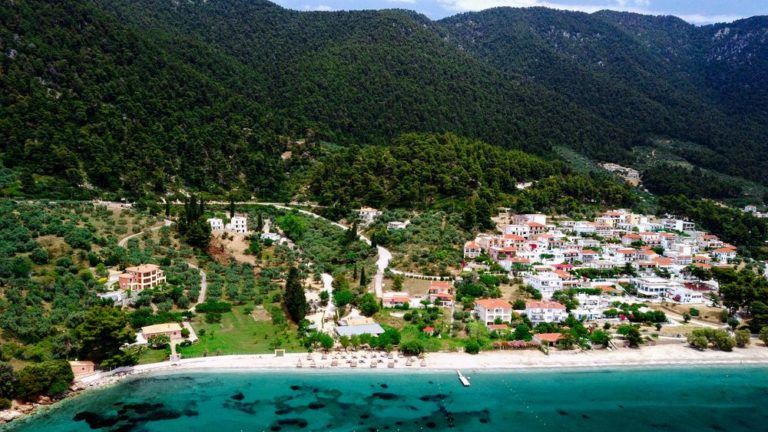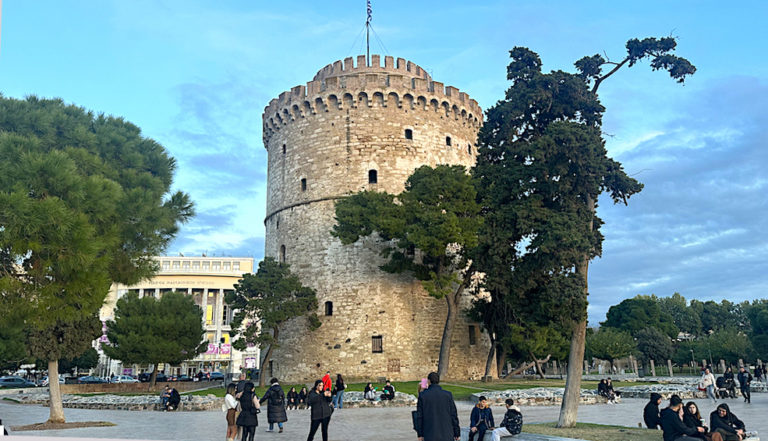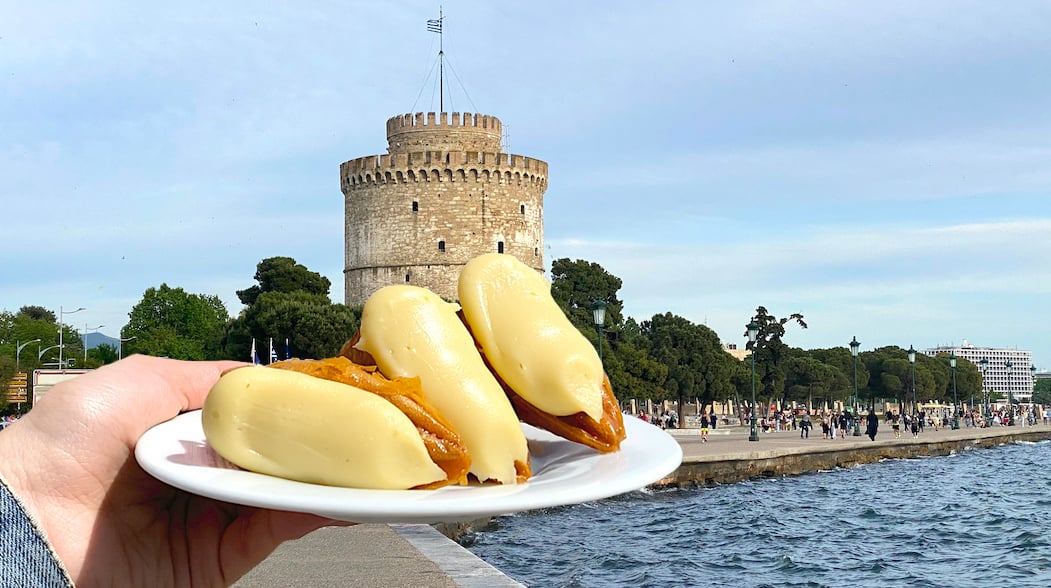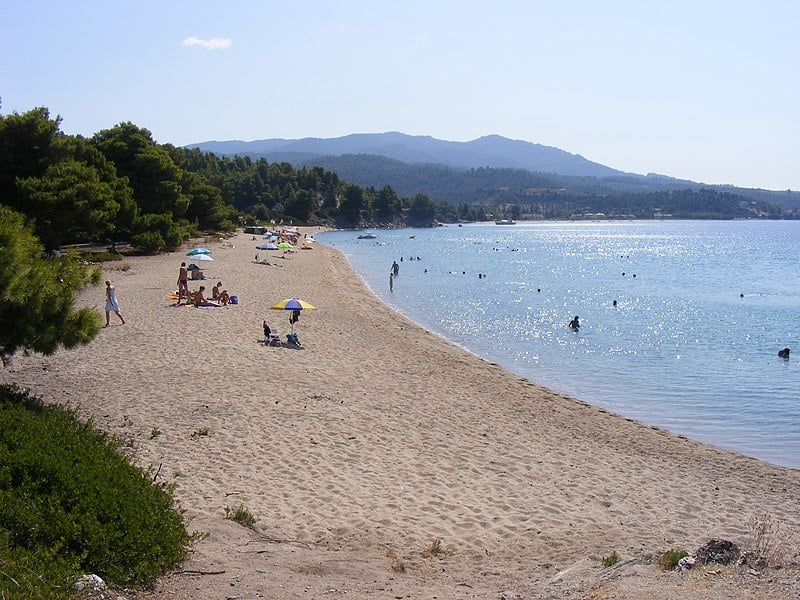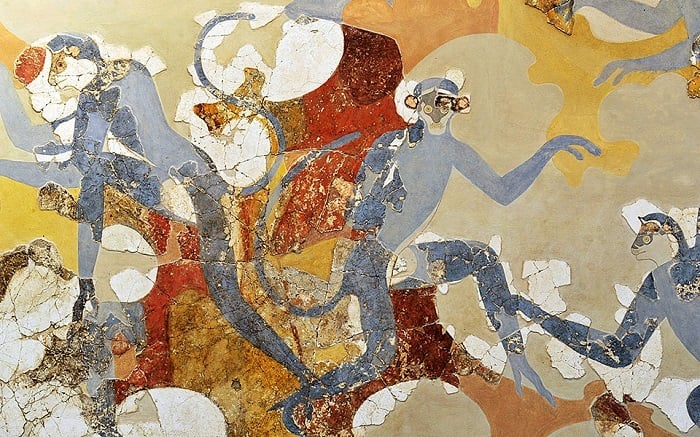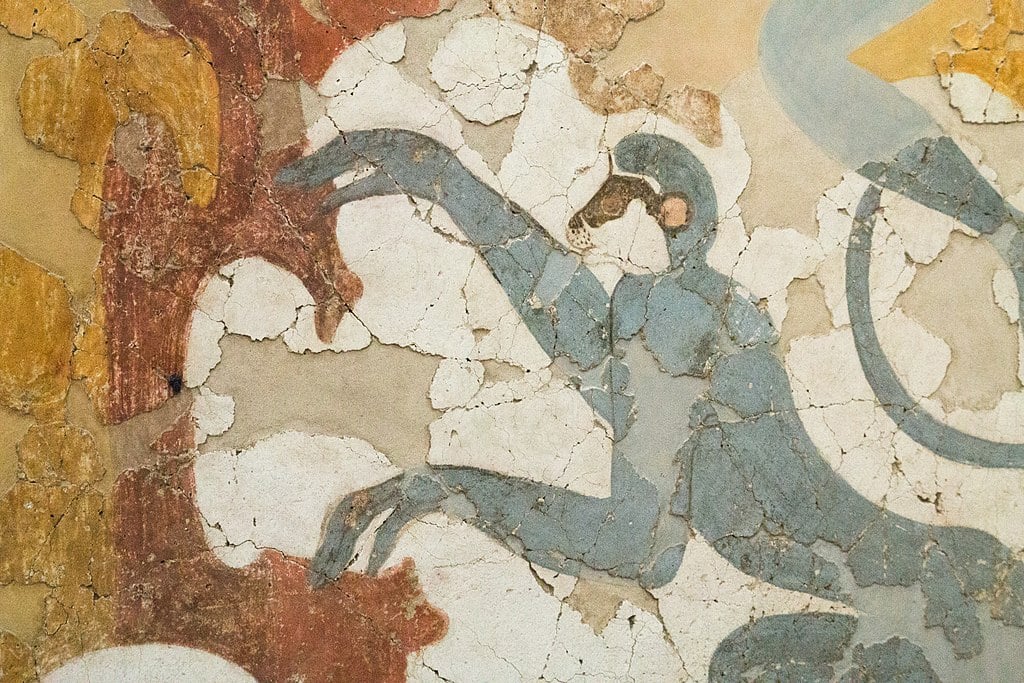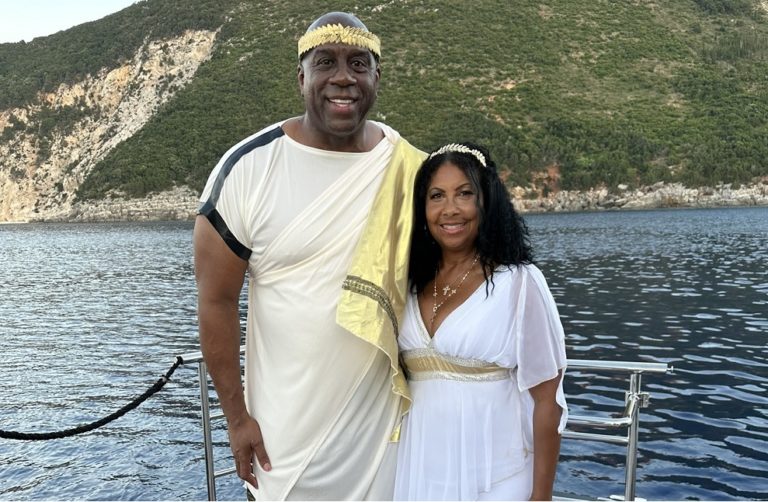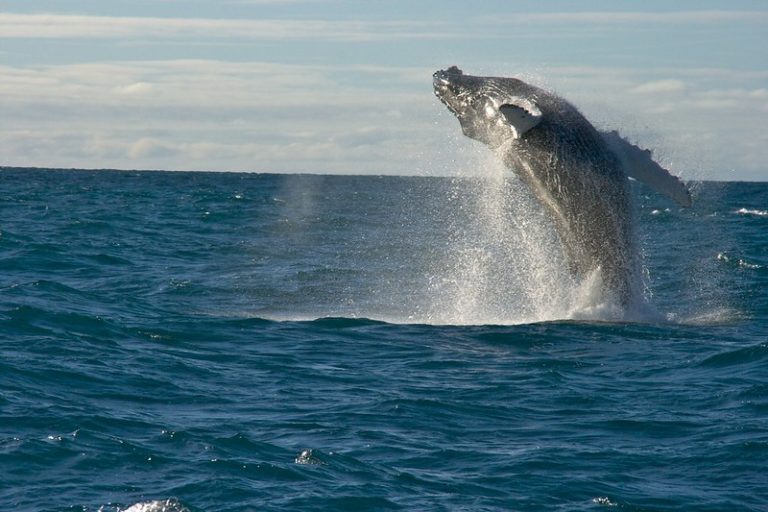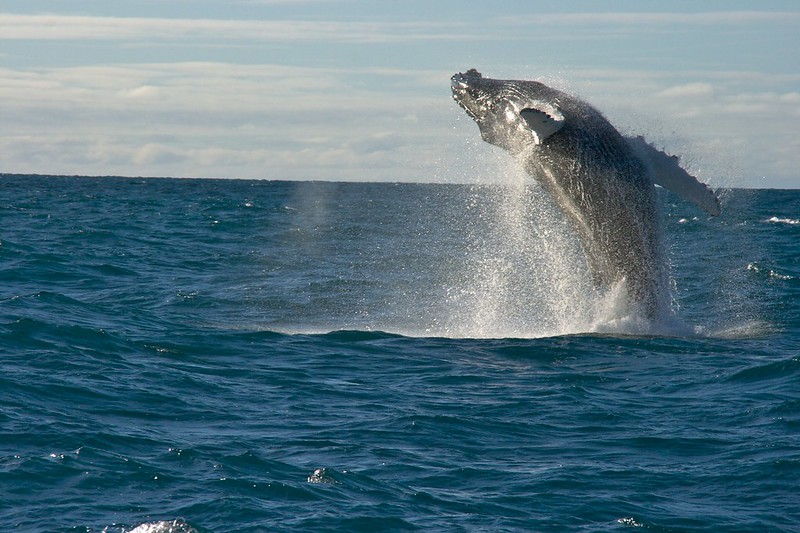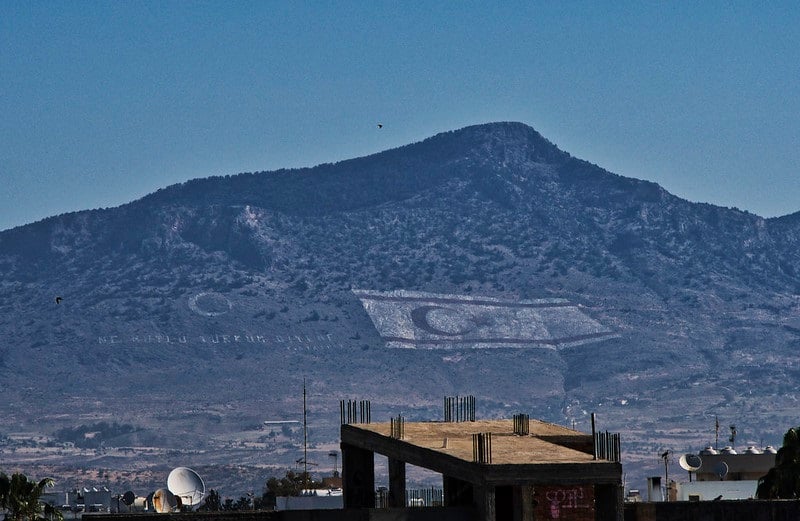
Cyprus has strongly condemned the visit of US Congressman Pete Sessions to Turkish-occupied Cyprus, denouncing it as a violation of international law and a departure from Washington’s official stance.
The Foreign Ministry of Cyprus stated in a statement on Friday that Sessions’ decision to visit the illegal territory was a deliberate choice on his part, disregarding the relevant resolutions of the UN Security Council and seemingly serving other undisclosed purposes.
The ministry emphasized that unlike other cases, prevention of this visit was not feasible “because of his history of relations with Turkey.”
According to the same statement, “The Republic of Cyprus maintains direct and close communication with the US on this matter, guided by their long-standing cooperation.”
It added that this cooperation is founded, among other things, on the American authorities’ official position regarding the Cyprus issue, “which remains unchanged and aligned with international law.”
Sessions, a Republican representing Texas’ 17th congressional district, made the visit on Thursday, becoming the first American politician to land at Ercan International Airport, before meeting with senior Turkish-Cypriot officials.
The visit was initiated by an invitation from the Turkish-Cypriot Chamber of Commerce, following Sessions’ earlier official visit to Turkey.
US Congressman’s visit to occupied Cyprus contradicts American policy
The US does not recognize the self-proclaimed “Turkish Republic of Northern Cyprus” (“TRNC”).
It regards the status quo on Cyprus as unacceptable and supports efforts to reach a comprehensive settlement to reunify the island as a bizonal, bicommunal federation.
Successive US administrations have viewed UN-facilitated, Cypriot-led settlement negotiations based on a bizonal, bicommunal federation framework as the best means to achieve a fair and permanent settlement.
Sessions’ visit to the occupied part of Cyprus comes at a period when relations between Nicosia and Washington are on excellent footing.
Last September, the US lifted the arms embargo on Cyprus after the State Department ruled that Cyprus has met the necessary conditions under relevant legislation to allow the approval of exports, re-exports, and transfers of defense articles.
US policy requires the denial of exports, re-exports, or transfers of defense articles to Cyprus unless the president certifies to congressional committees that authorities are cooperating with Washington to implement anti-money laundering regulations and financial regulatory oversight reforms.
It also requires Cyprus to take steps to deny Russian military vessels access to ports for refueling and servicing.
In December 2019, the Eastern Mediterranean Security and Energy Partnership Act of 2019 was signed into law as part of the FY 2020 Appropriations Act and the National Defense Authorization Act (NDAA) for FY 2020. This highlights the United States’ security interests in the Eastern Mediterranean region, including countering Russian influence, the State Department says.




